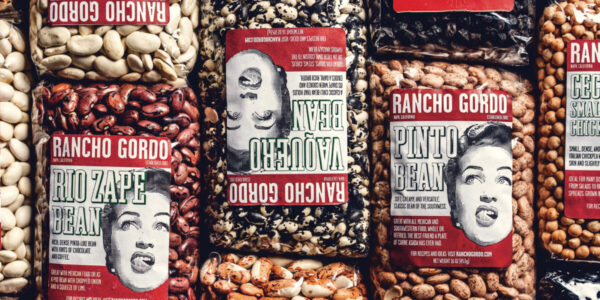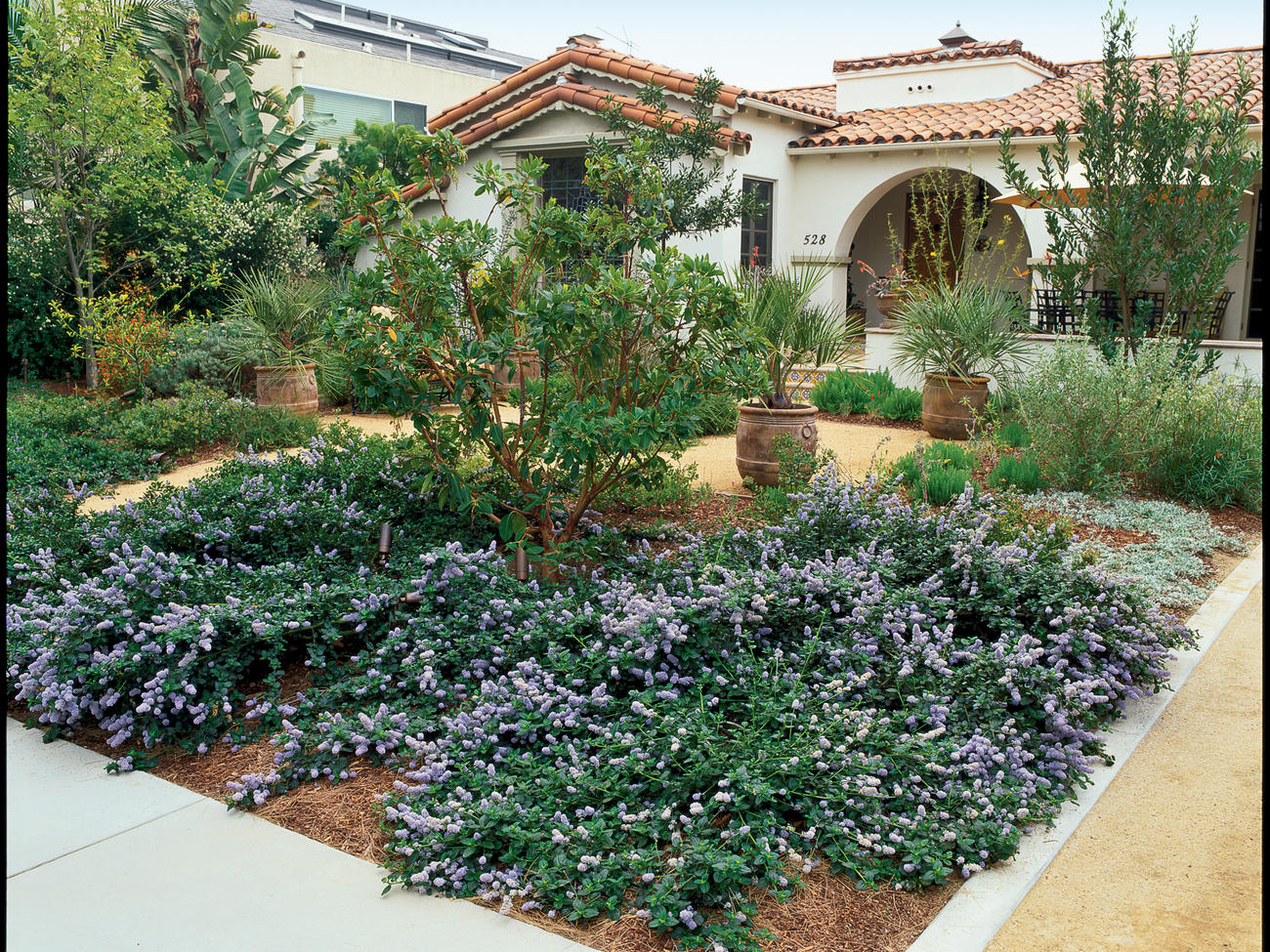
Water-wise garden makeover

Being eco-conscious doesn’t have to mean giving up beauty. John Zinner, a consultant for LEED (Leadership in Energy and Environmental Design) Green Building Rating System, makes his living by proving just that. So when he approached garden designer Stephanie Blanc to create a landscape around the Santa Monica home he shares with his wife, Susan, he saw no reason why it couldn’t incorporate environmentally friendly features that also happen to be beautiful.
Blanc chose mostly plants that tolerate drought and attract wildlife, the majority being California natives. (The few plants needing regular water, such as pindo palms in the front yard, are confined to containers.) The drip-irrigation system, managed by a satellite-driven controller, is admirably efficient; a front-yard irrigation pit, disguised as a dry creekbed, collects and filters roof and garden runoff to keep contaminants out of the nearby ocean.
The garden is richly textured, colorful, and as usable as the Zinners hoped it would be. To compensate for the modest size of the couple’s 1936 Spanish colonial revival home, Blanc created new outdoor living areas, including a front-entry courtyard, a backyard deck, and a small raised patio and water feature off the side yard. The Zinners enjoy their new garden with a good conscience. Bees and butterflies loved the space from the start, and now that plants are maturing, birds have become regulars as well.THREE GREAT IDEAS FROM THIS GARDEN
